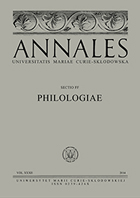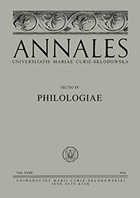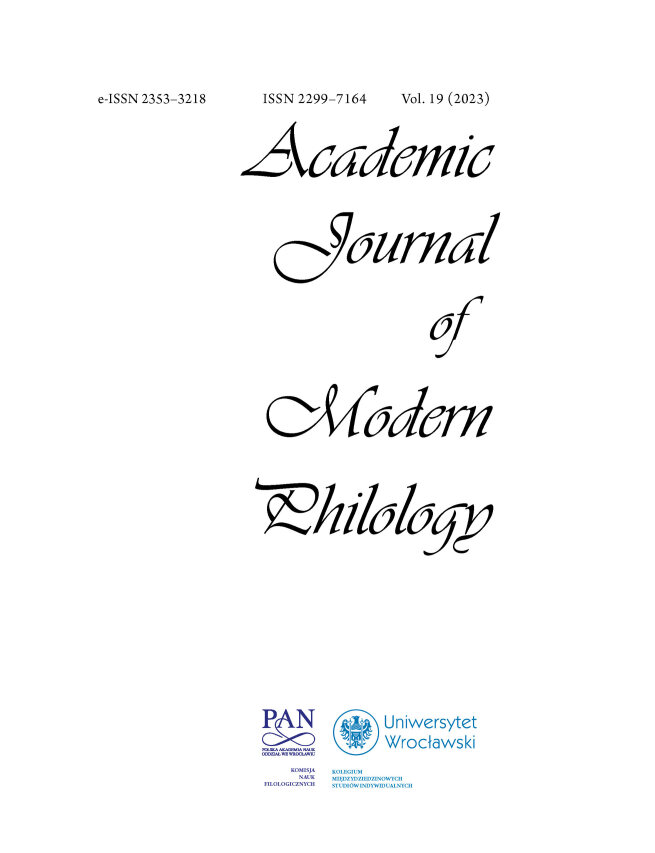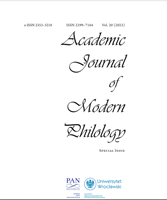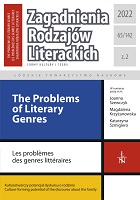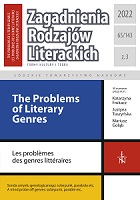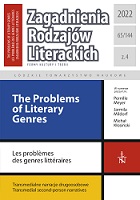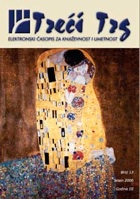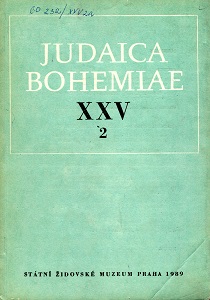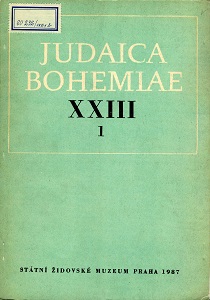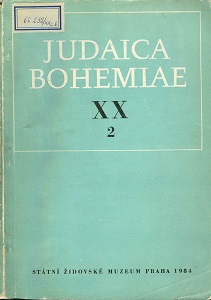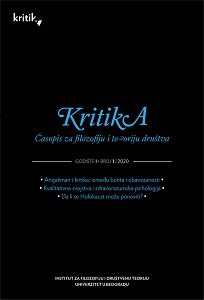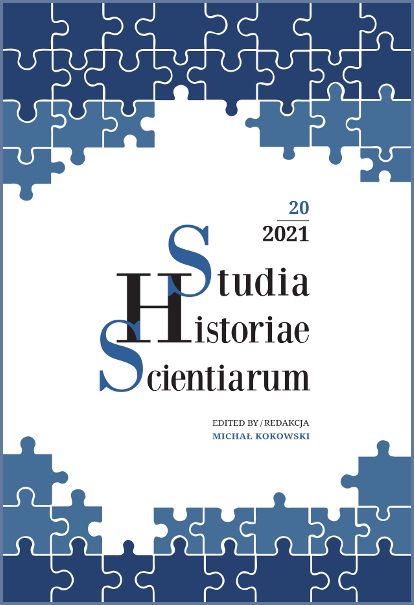
Book reviews in the history of knowledge
Academic reviewing, one of the communal academic practices, is a vital genre, in which epistemic virtues have been cultivated. In our article, we discuss reviews as a form of institutionalized critique, which historians could use to trace the changing epistemic virtues within humanities. We propose to use them analogously to Lorraine Daston’s and Peter Galison’s treatment of atlases in their seminal work Objectivity as a marker of changing epistemic virtues in natural sciences and medicine.Based on Aristotle’s virtue theory and its neo-Aristotelian interpretation in the second half of the 20th century, as well as on its most recent applications in the field of history and philosophy of science, we propose a general conceptual framework for analyzing reviews in their historical dimension. Besides, we contend that the analysis of reviews should be carried out taking into account their historical context of social, political, cultural and media-environment. Otherwise, one may risks presupposing the existence of an autonomous, disconnected community of scholars.
More...
